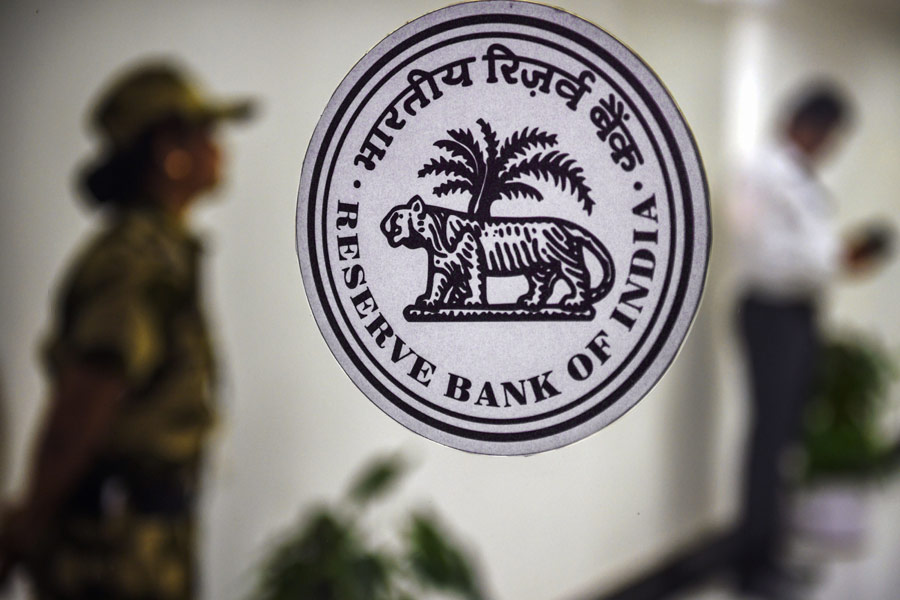In its latest monetary policy statement on June 7, the Reserve Bank of India has decided to keep the repo rate unchanged at 6.5%. This is the eighth consecutive time that the RBI has kept the policy rate unchanged. The level of the rate is quite high and is indicative of the policymaker’s continuing concern with inflationary expectations. This time, however, two external members of the Monetary Policy Committee voted in favour of removing the ‘withdrawal of accommodation’ stance of the central bank. There were some expectations that the RBI would change its stance to neutral, thereby signalling that a rate cut is on the cards in the near future. The European Central Bank had already announced a rate cut and the Federal Reserve is expected to follow suit. However, the RBI governor, Shaktikanta Das, has made it clear that while his office does follow international trends, there is no compulsion to follow in the Fed’s footsteps. The primary reason for keeping the rates unchanged is the lingering concern with the consumer price index inflation. This rate is still hovering around 5% and food inflation has been above 7% in the recent past. The RBI’s target rate of inflation is 4%. Hence, the RBI’s decision to wait some more before deciding on rate reductions.
The precise reasons for the dissenting voices will be known only when the minutes of the meeting are available. However, what can be surmised is that the RBI is optimistic about future growth prospects since it raised the macroeconomic growth forecast to 7.2% from 7%. Consumption growth has been sluggish as have investments in capacity. All these do reflect a need to make more credit available for economic activity. A rate cut, usually passed on by banks to customers, would help stimulate private consumption and investment upticks. With the repo rate at a high level, and liquidity reasonably well managed in the banking system, the withdrawal of the accommodation stance would seem irrelevant. The RBI is perhaps being extra cautious to ensure that inflationary expectations are pinned down. While it is good to exercise caution in this regard, the cost of the measure to the economy could be in terms of economic growth foregone. The RBI could argue that a growth rate above 7% is good enough and there is no immediate need to press the accelerator. On joining all the dots, it appears to be a classic situation of the glass being half empty and half full.











